What is Nengajo?
Nengajo are cards that people send as greetings for the New Year. They are similar to Christmas cards in the West. They are used to express gratitude for the past year or to maintain friendships. People send Nengajyou cards at the end of December. The post office then delivers them all on New Year’s Day. It is not normal for them to arrive earlier.
If you are sending New Year’s cards from another country, you should write the word “nenga (年賀)” in red on the front of the envelope. This tells the post office to keep the card and deliver it on 1 January with the other New Year’s cards.
History
The origin of Nengajo cards is unclear, as they existed as early as the Heian dynasty. The earliest known record of it is in a textbook called Unnsyuusyousoku (雲州消息) from that period. It describes in detail how to write Nengajyou cards.
The Unnsyuusyousoku, also known as Meigo Orai, is the oldest existing textbook on the subject. It was written by FUJIWARA no Akihira, a professor of literature and director of education. The book contains sample sentences and phrases related to the 12 months of the year, including January and New Year.
In the Heian period, only the dominant or wealthy classes, such as samurai, would usually send Nengajo. During the Edo period, however, more people began to send them. However, the practice of sending them specifically on January 1st came later.
As it became more popular, it led to the introduction of calligraphy classes in private schools. This helped the custom of Nengajyou develop into the widespread practice it is today. In 1948, after World War II, the government introduced a Nengajyou lottery to encourage people to continue sending the cards to friends and family. The prizes were things like televisions, GPS and everyday items, not cash.
Design
Each year Nengajo cards have different designs based on the zodiac animal for that year. The zodiac animals come from Chinese and Japanese traditions. The 12 zodiac animals are: Rat, Ox, Tiger, Rabbit, Dragon, Snake, Horse, Sheep, Monkey, Rooster, Dog and Boar.
The design on the Nengajo card usually has a picture of the animal for the year, along with the year and a greeting written in Japanese Kanji characters. You can also buy blank Nengajo cards and decorate them with your own pictures and greetings if you prefer.
Manner of sending Nengajo
In Japan, there is a mailing period to ensure that all Nengajo cards are sorted and ready for delivery on 1 January. The general posting dates are between the 15th and 24th of December. If you are sending Nengajo cards from overseas, please allow an extra week for Christmas mail. Also, be sure to write “年賀” (Nenga) in red on the front of the envelope.
If a close family member has died during the year, it is customary not to send Nengajyou cards out of respect for the deceased and the family’s grief. Most people in mourning will send a note in November saying they will not be sending or accepting Nengajo that year.
If someone sends you a Nengajo card and you have not sent them one, you are expected to send a reply as soon as possible after receiving it. It is rude to mention that the card is late. Just thank them for their card and wish them a happy new year.

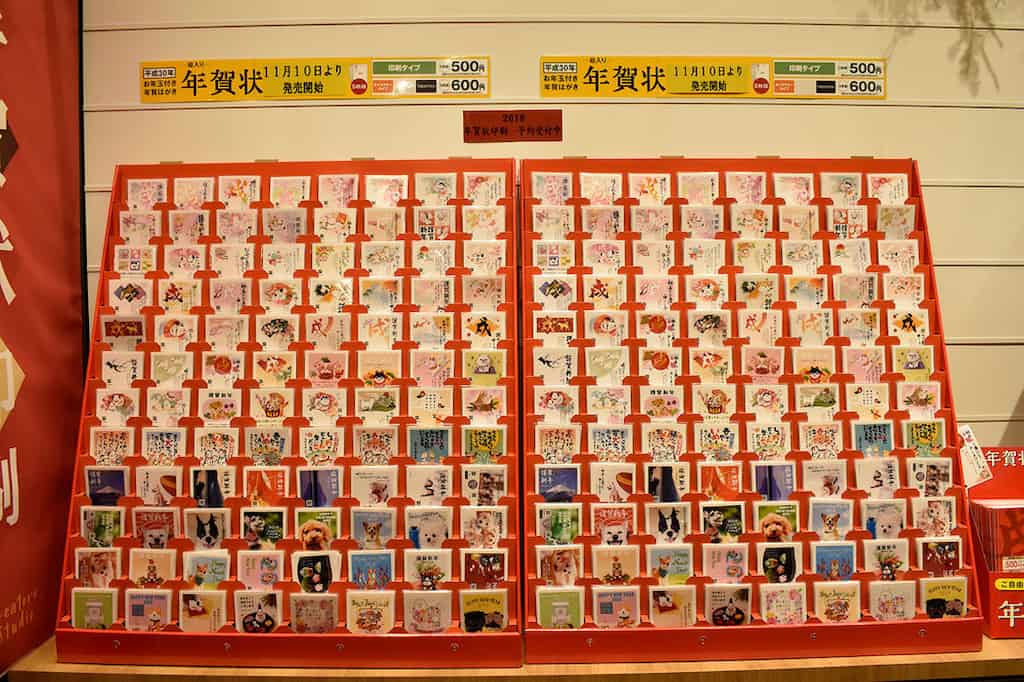
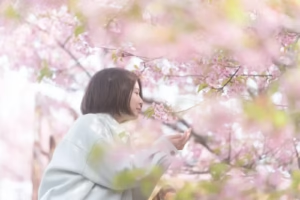
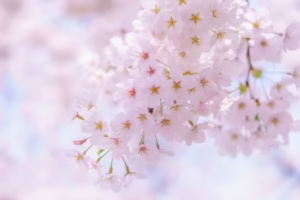
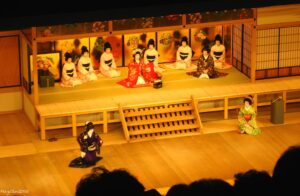


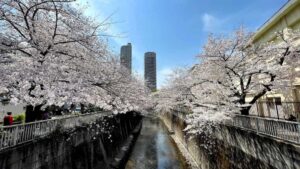
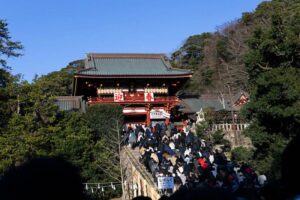
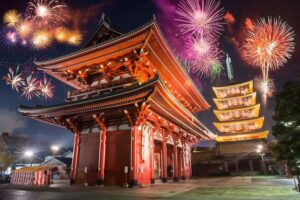
Comments